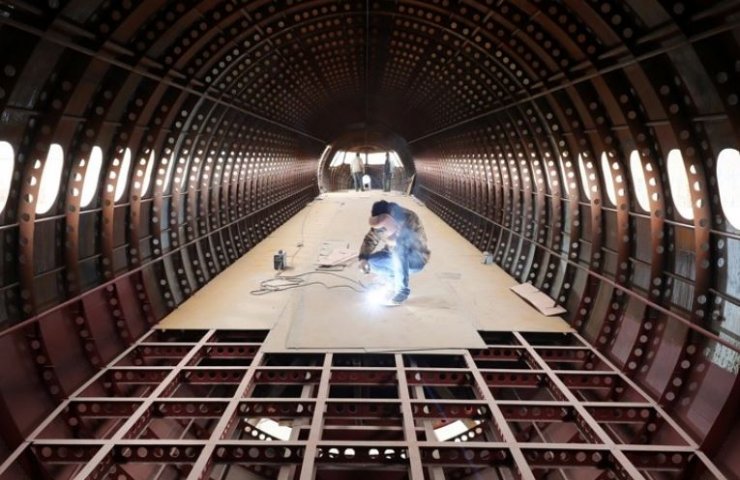Flat steel prices continued to move downward and declined in almost all major markets. The recent sharp drop in steel prices was quite unexpected. The market expected a recovery in September, which never happened, while prices continued to decline in October.
A combination of many factors led to a decline in steel prices, but depressed demand and uncertain market sentiment dominated the falling market. The automotive sector, which is the main consumer of steel sheets, has not performed well in some key markets recently, including China and the United States. Recent trade disputes between the US and the EU have also made matters worse. In addition, geopolitical shocks such as Brexit, Turkey's attack on northeastern Syria, riots in Hong Kong, deteriorating situation in the Gulf region, etc. have also exacerbated the negative market. Fears of a recession in the US and Europe remain, which are holding back market sentiment.
Manufacturers of flat products in key markets maintain high stocks due to the buy-in strategy. Large shipments also help customers place orders at short notice so there is no need to take positions. Placing a large order will attract a better price, but may suffer losses if prices further deteriorate. Therefore, consumers are avoiding restocking despite current low prices.
Slab prices also declined and in October fell by $ 40 per tonne compared to September levels. In the US, lower hot coil prices have eliminated any support for slab prices, although the annual quotas for Brazilian slabs have been nearly exhausted.
The American steel industry remained in the red due to weak demand. Scrap prices also continued to decline, which to some extent compensated producers for the fall in finished steel prices. Small but cheap supplies of steel from Mexico and Canada remain, as they are currently duty-free. In the meantime, restocking activities are discouraged in some regions of the United States due to year-end inventory tax.
The CIS market is facing oversupply and depressed market conditions. Russian suppliers, especially NLMK, used to supply large volumes of slabs to their US subsidiaries. However, due to the 25% duty, transfer within the company became economically unprofitable and diverted materials to Europe and Asia. Russians are now even offering hot rolled steel to China.
Demand in key end-use sectors in China is improving, although supply is outstripping demand, putting more pressure on prices. The automotive industry is one of the main consumers of sheet steel. However, Chinese car sales fell in September for the 15th month of the past 16 months, despite government efforts to bolster the sector. Oversupply also remained an issue for steel prices, where China is estimated to have added about 20 million tonnes of new production capacity by the end of 2019.
In the short term, the global steel industry is expected to remain depressed and prices will continue to decline, although bottoming out soon. Moreover, recovery may take some time, depending on many factors.




